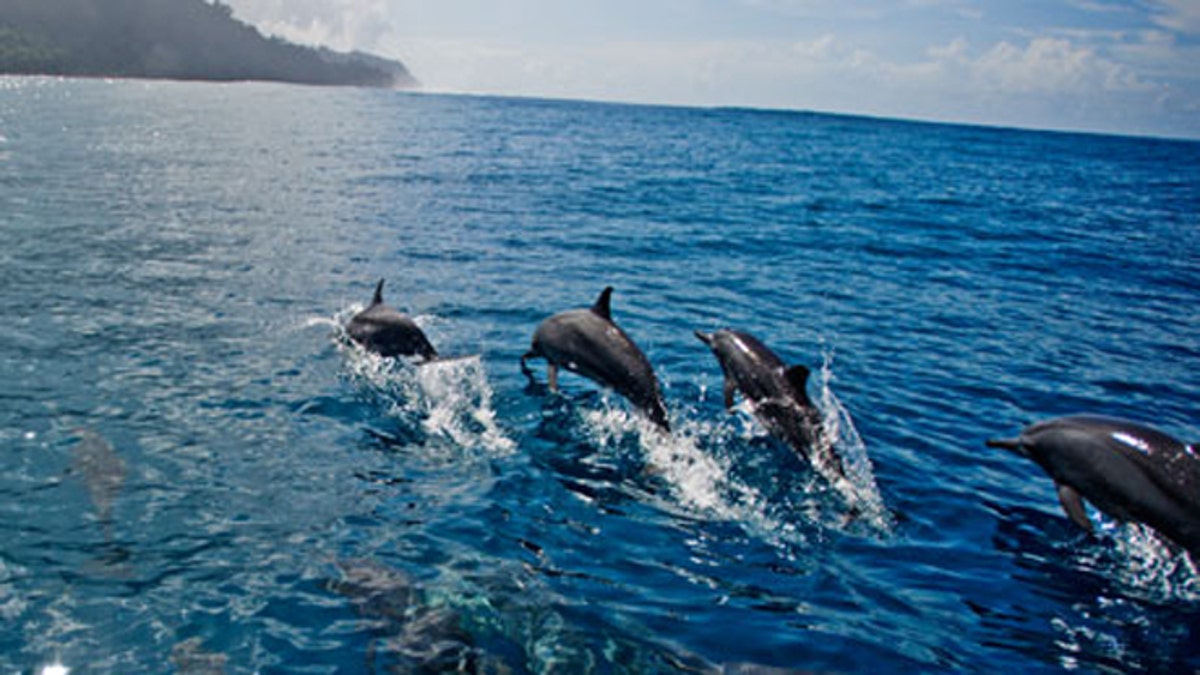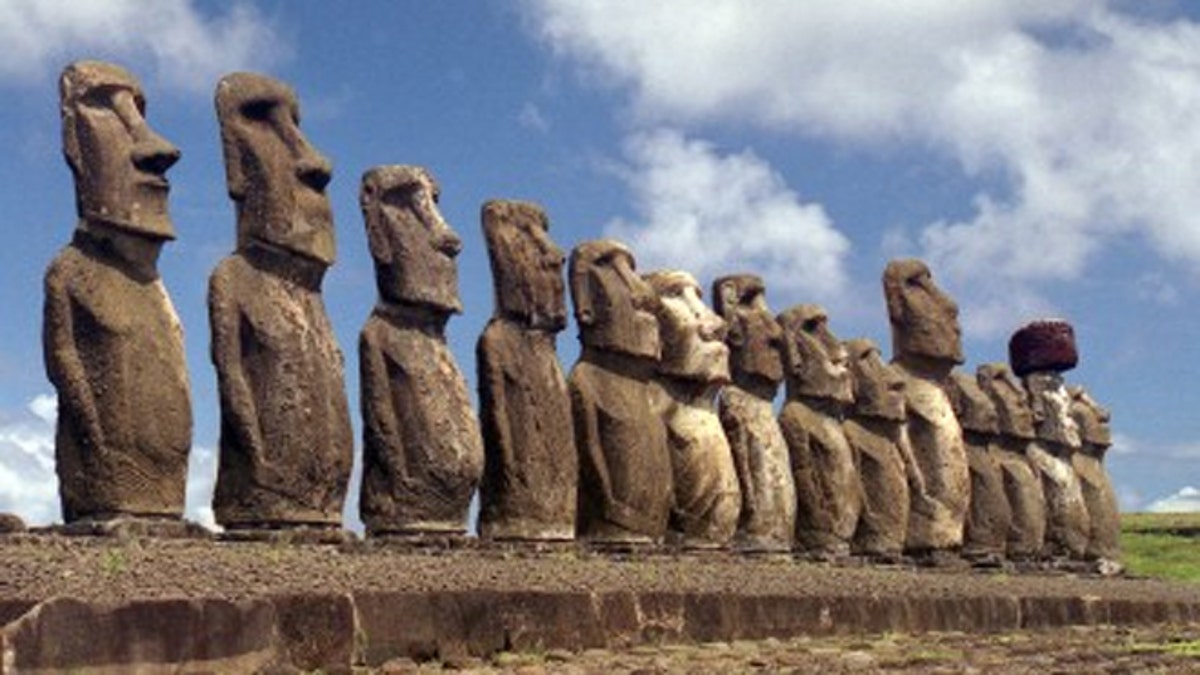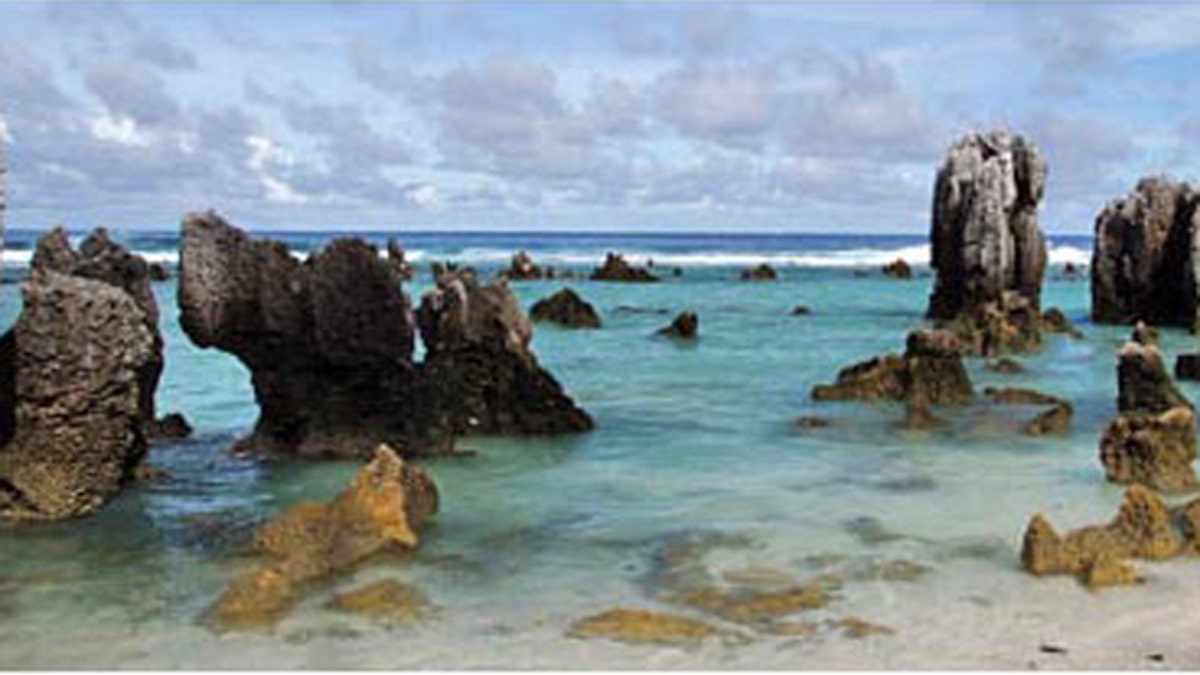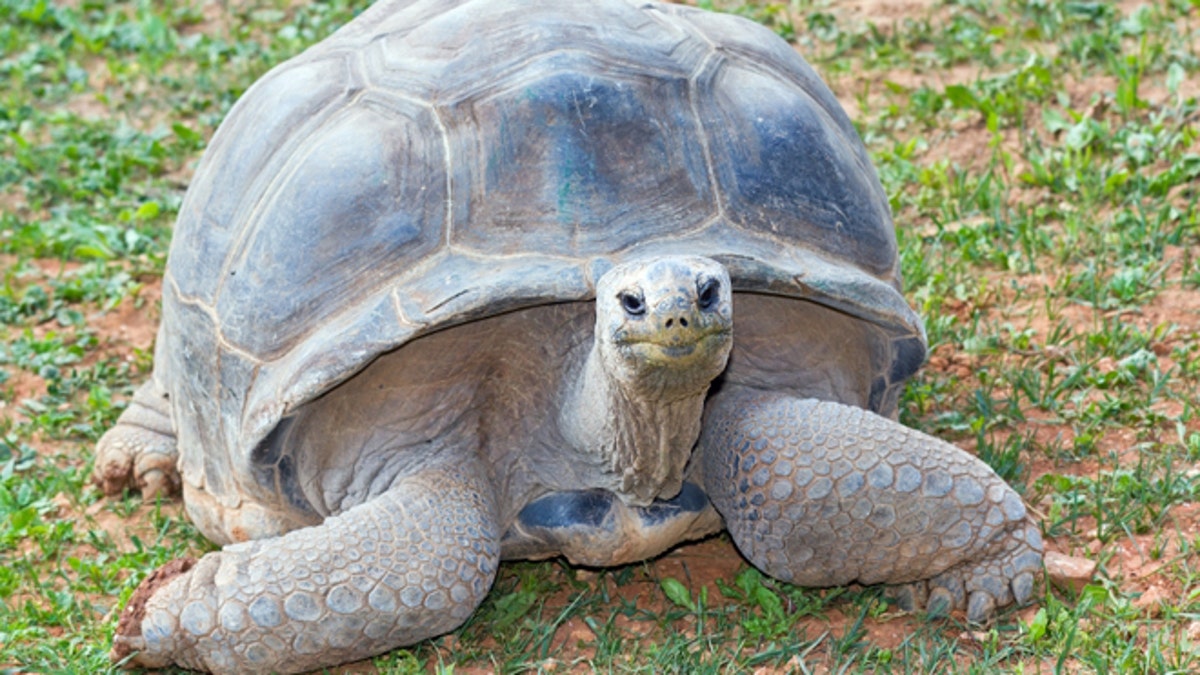There really are other countries besides Mexico and Canada. It’s true!
1. Tetepare

(USAID)
Tetepare is the largest uninhabited island in the South Pacific. It was originally populated by the ancestors of the villagers who currently live in the surrounding Solomon Islands, but for reasons still unknown, everyone left the island about 200 years ago. However, they did form an association to leave Tetepare in its original state, while still allowing tourists to visit the island, which already shows better planning skills than most other countries. The island is basically perfect: covered in rainforest and surrounded by coral reefs, but without the threat of wandering pirate-souls or blood-thirsty deserted-island-demon-beasts running around at night (and definitely no freakin’ polar bears).
2. Easter Island

(iStock)
This Polynesian island in the southeast Pacific Ocean is one of the most remote inhabited islands in the world, with the nearest inhabited island - Pitcairn Island - being 1,300 miles away (and still only home to 50 people). Easter Island is mostly protected within Rapa Nui National Park, since the island has suffered massive soil erosion due to extensive deforestation and massive agriculture. Visiting Easter Island will fulfill whatever that "remote" feeling is when one meets the 887 monumental statues (or “moai”) carved by the early Rapanui people to represent their deceased ancestors - a people who have endured famine, disease, civil war, slave raids, colonialism, and steep population declines. Staring back at one of these grave faces isn't quite sipping a mango mai tai under an umbrella and gazing out to the ocean, but there's a similar feeling of existential compression. Or maybe you're just drunk.
3. Nauru

(Nauru Tourism, Department of Economic Development)
This place used be called Pleasant Island, so you know it's got something going for it – although, in fairness, it was called that was by a British whale hunter in 1798, so maybe "pleasant" is a relative term. On the other hand, "Nauru" may derive from the Nauruan word Anáoero, which means, "I go to the beach", so who knows? Taking up a whopping 8.1 sq. miles of the Earth's crust, Nauru is the world's smallest republic and home to 9,378 residents, making it the second-least populated country after Vatican City. Small? Check. Remote? Check. Lush? Meh, not so much. Nauru's native plant and wildlife has drastically diminished due to the island's heavy reliance on phosphate mining. Unless by "wildlife" you mean the Australian-run detention center that’s also there. Back to the drawing board on “Pleasant Island,” yes?
4. Aldabra

(iStock)
Tucked away in the Indian Ocean, Aldabra is perhaps the most remote destination on this list, as it has remained virtually untouched by humans. It’s a coral atoll (the world's second largest) in the Aldabra Group of islands that form part of the Seychelles. As a result of its extreme isolation, the atoll is home to distinct fauna, including the world's largest collection of the Aldabra Giant Tortoise, the world's largest land crab (the Coconut crab), hammerhead sharks, barracuda, and manta rays, and was once even home to the horned crocodilian land predator, Aldabrachampsus. So who lives there now, besides a bunch of giant turtles and crabs? Well, in an abandoned settlement on the southwestern tip of the West Island lives a lone research officer, an island manager, a few rangers, and their staff. Other than those few people, there is no other permanent population. We're sure it's a perfectly healthy and safe environment, and in no way do any cabin fever or The Most Dangerous Game-type scenarios come to haunting fruition.
5. Cocos (Keeling) Islands

(iStock)
Located in the Indian Ocean - roughly halfway between Australia and Sri Lanka - the territory of the Cocos Islands consists of two atolls and 27 coral islands. The only two islands that are inhabited are the West and Home Islands, with a population totaling around 600. The Cocos - or Keeling Islands - have a history as rich as its fauna. Not only was it settled by a wealthy Englishman named Alexander Hare (and his harem of 40 Malay women), but it was the site of a WWI battle (the Battle of Cocos) and an array of WWII events. The territory is now under Australian control, and North Keeling Island - one of the uninhabited atolls shaped like a horseshoe - encloses a lagoon that’s part of Australia’s most remote national park. On the other hand, the South Keeling Islands form an incomplete ring where empty beaches up the potential for unmatched diving and overall tropical immersion. So bring your harem along - the Cocos are about to be inhabited.
